Tempest is a Pirate open world action RPG from HeroCraft, released this week on Steam. Having been in Early Access for 8 months, the game focuses upon naval combat on the high seas, pitting the player captain and their ship against cutthroat pirates and creatures from the deep. But is the game a tempestuous triumph or a light drizzle of disappointment?
Tempest attempts to mash up elements of Sid Meier’s Pirates and Assassin’s Creed IV: Black Flag, but falls short on both counts. Whilst collecting, looting, and upgrading ships and weapons is satisfying, ship-to-ship combat lets the experience down. Meanwhile Rare’s upcoming Sea of Thieves looks set to take the pirating crown, giving Tempest a very short window within which to fight for its relevance.
It would be something of an unfair comparison to discuss Tempest alongside Sea of Thieves. Sea of Thieves is created by a long-established developer whilst Tempest is helmed by a much smaller Indie company, and on top of this Sea of Thieves hasn’t even been released. Yet both are pirate games where you sail the seas in search of infamy and fortune; and whilst they differ in many ways, would likely appeal to many of the same audiences.
From what I’ve experienced of Tempest and what I’ve seen of Sea of Thieves’ unique gameplay, I’d much rather be running around Sea of Thieves’s colourful, cartoonish, yet incredibly detailed world, getting drunk on tankards of ale with friends and playing Ride of the Valkyries on an accordion. It seems that there’s more fun to be had in Sea of Thieves, whilst Tempest is a little more subdued. It’s a different experience, so don’t discount it completely, but Tempest is also not as rounded, or engaging, of an experience as it should be.
Unfinished Experience
Now don’t get me wrong, there are some interesting ideas in Tempest – such as using your spyglass at a distance to gain information and combat bonuses on the enemy before engaging. But it still feels like an unfinished game that, even after its 8 months, was not ready to leave the Early Access phase. Despite a tutorial covering the basics of combat, Tempest leaves many aspects of its menus and systems unexplained. Whilst some things could be picked up quickly, others left me scratching my head for some time until trial and error revealed their purpose to me.
One such example of this is the rearranging of your crew for efficiency. Whilst docked in a harbour you can drag and drop your crew members to different areas of the ship, such as the top of the rigging or down below deck. This team distribution clearly served a purpose, but until I’d read this old but handy guide by a Steam user, I didn’t have a clue what it was. All of this means that the game lacks pick-up-and-play functionality and intuitiveness.
From the get-go you’re thrust into an open world with few boundaries. Once you’ve completed the tutorial, your ship is free to carry you wherever you so wish. Sounds cool, right? You have your crew, you’re ready to hit the seas and see where the adventure takes you! But no. A few short sorties from dock and you’ve been blown out of the water by a marauding crew with a much bigger ship. Sure, you can ignore many encounters – but what kind of pirate captain would you be then?! I doubt Blackbeard ever let silly things like overwhelming odds get in his way.
Death is just the Beginning
Being sunk doesn’t lead to a game over in Tempest; instead you wind up back at port with a damaged ship, injured crew and significant expenses to pay for repairs. Indeed money and plunder seem to get sunk into fixing your ruined ship and buying medicine to heal your poor injured crewmen, leaving little in the way for purchases of weaponry or other useful items for a long time into the game.
Once you get the hang of things the game is a decent experience, but combat remains simplistic. Each ship displays its aiming zones and arcs on either side and it’s a simple case of manoeuvring until your target is within those sights. Battles mostly consist of slowly floating around in a circle with the enemy ship, pulverizing each other until someone sinks. Realistic it might be, but engaging it is not.
Depth is added through a faction system that determines enemies and allies in a skirmish. If you’re heading into pirate waters, it’s best to drop that merchant flag of yours and raise the jolly roger to avoid being made an easy target. Obtaining flags for each faction allows you to select your battles, influencing ships of the same faction to come to your aid. Note, however, that this doesn’t always work. At the most inopportune of times you might be attacked by a supposed ally for no discernible reason.
The Good, The Bad, and The Tempest
Having dealt some damage to an enemy, it sometimes seems like a viable option to get in close and board the ship for some exciting close combat action. However there’s not much interactivity in these sections beyond watching both sides stand around shooting at each other. Often, a large wave periodically passes right through the deck and its occupants as if they’re all ghosts; which they shortly are as my ship slowly sinks beneath the waves, having been bested by the enemy’s defences, and I sit there cursing my inability to stop my men from getting shot to pieces.
Quests are fairly generic and don’t deviate much from a set pattern of defeating enemy ships and gathering their loot. On the other hand, the game’s RPG mechanics are solid enough. Gaining XP in battle allows you to train your crew, making them more effective, skilled and responsive to orders in the heat of battle. There are also numerous weapons and upgrades to buy, not to mention Captain’s skills to enhance. These include reducing weapon cool-downs and improving ship manoeuvrability, and are all useful in their own ways.
If destroying ships and fortresses isn’t enough of a thrill, the game also includes mythical terrors from the deep, such as the Kraken and Leviathan. Encounters with these beasties can help to shake things up, and they are genuinely surprising on first meeting. The fantasy elements of Tempest are extended by magical artifacts and spells: it’s especially fun to summon a giant squid to devour your nemeses, or rain death from above in a hail of meteors.
Authentic Experience
Despite its limitations, Tempest still manages to give me satisfaction upon sinking an enemy ship. It’s easy to get caught up in the game’s atmosphere, lurching through the broiling sea as the rain pours down and explosions of canon-fire thunder around you. The best part of the game is simply sailing through the ocean, watching the world go by with the wind at your back and eyes on the horizon. From the interchangeable third- and first-person perspectives to a well-designed pirates’ map of three large open world areas, there is a much greater sense of adventure and freedom in exploration than in combat.
I still find myself somewhat charmed by the whole thing, and whilst I have no doubt that Sea of Thieves will be the one and only pirate game I’ll want to play when it launches, this is a decent pirate experience on the high seas in the meantime.

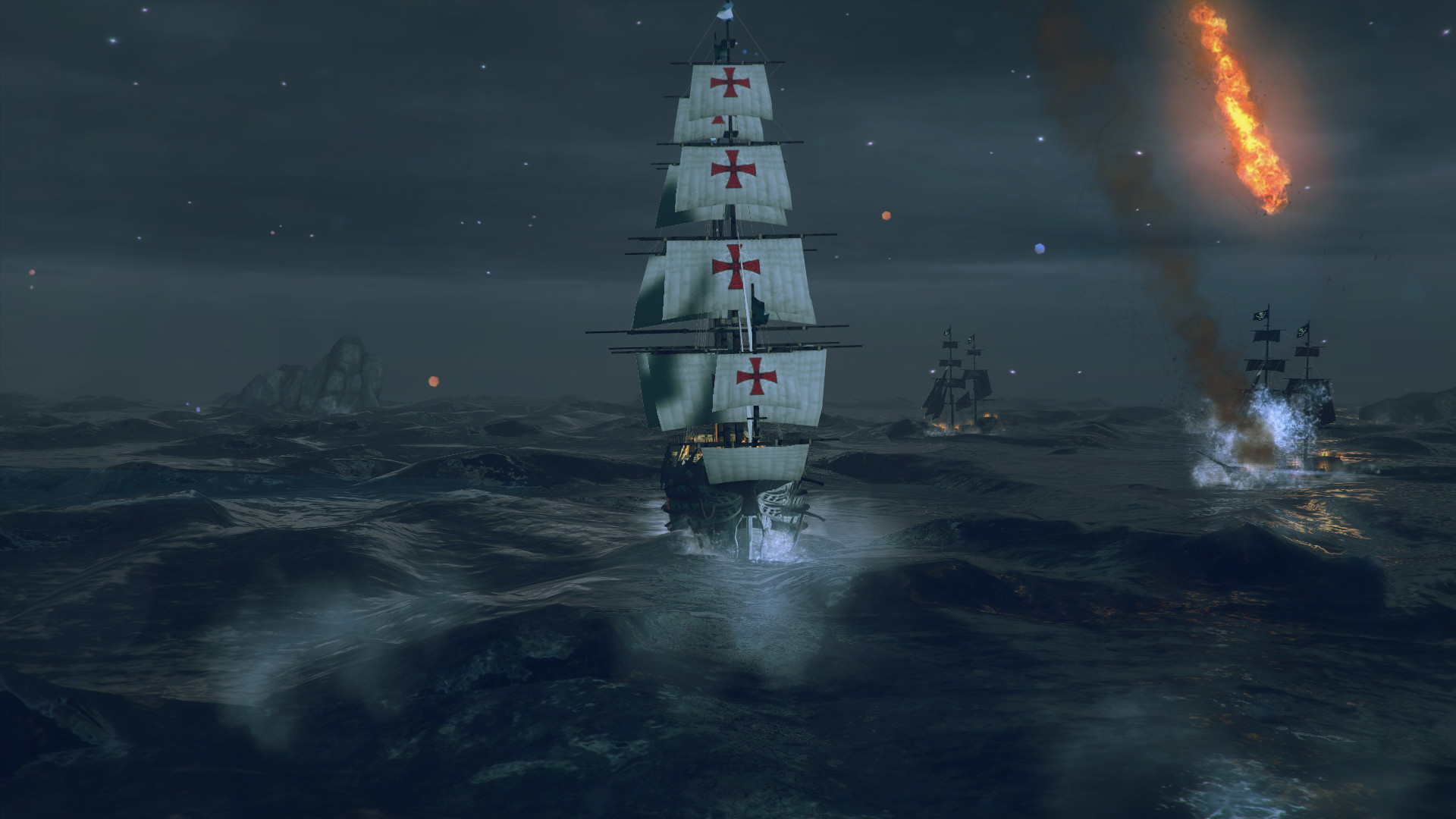
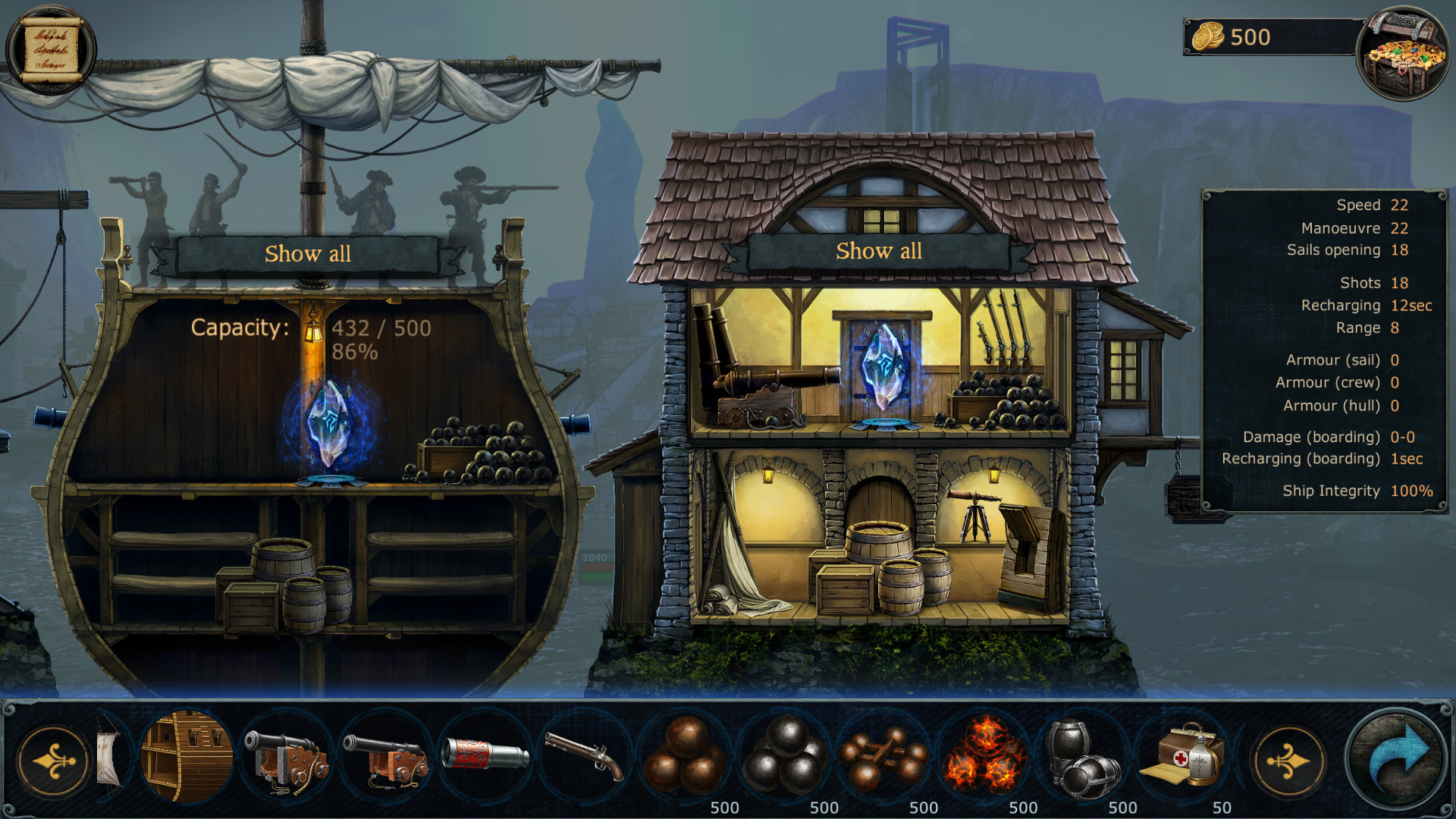
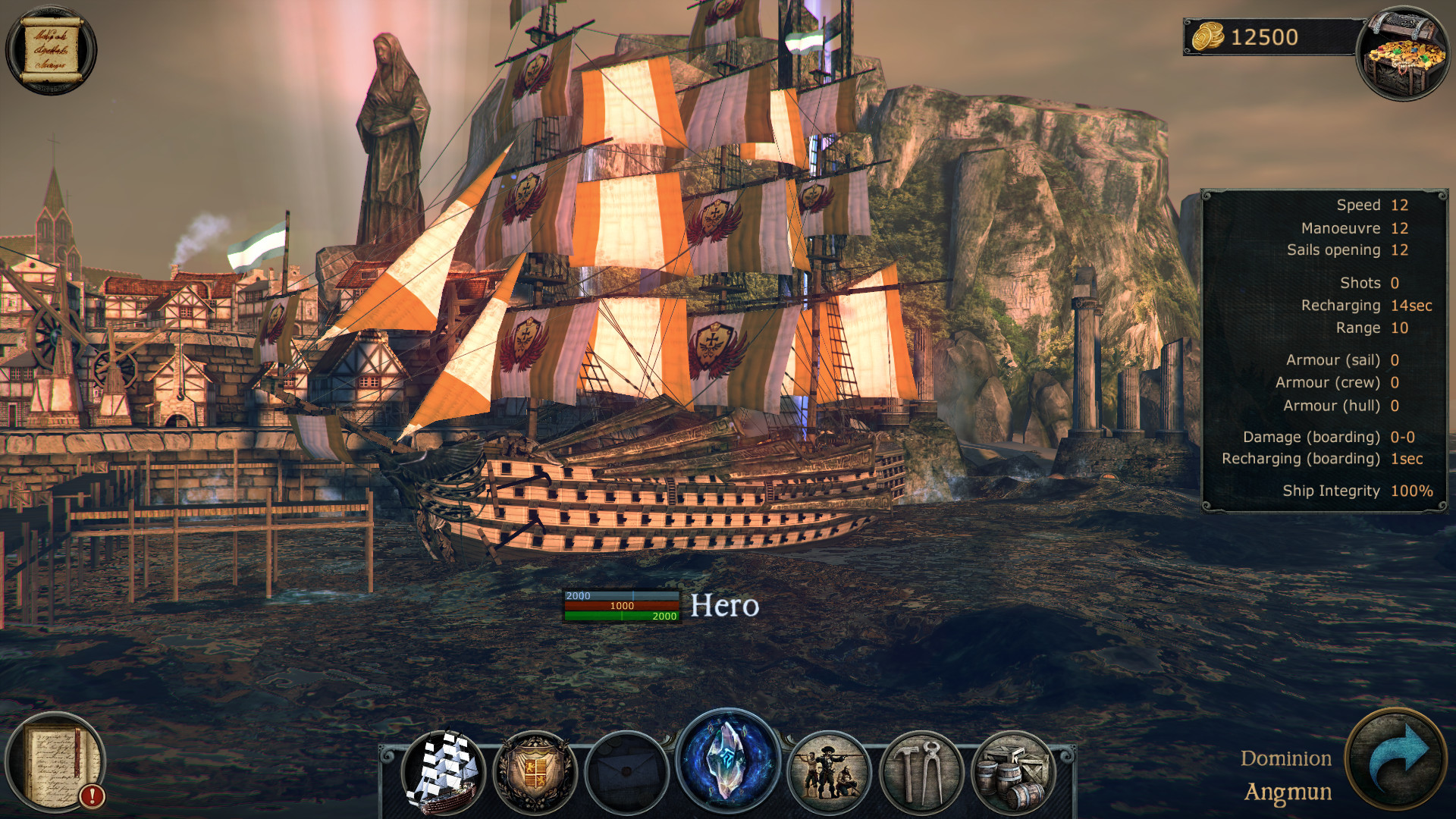
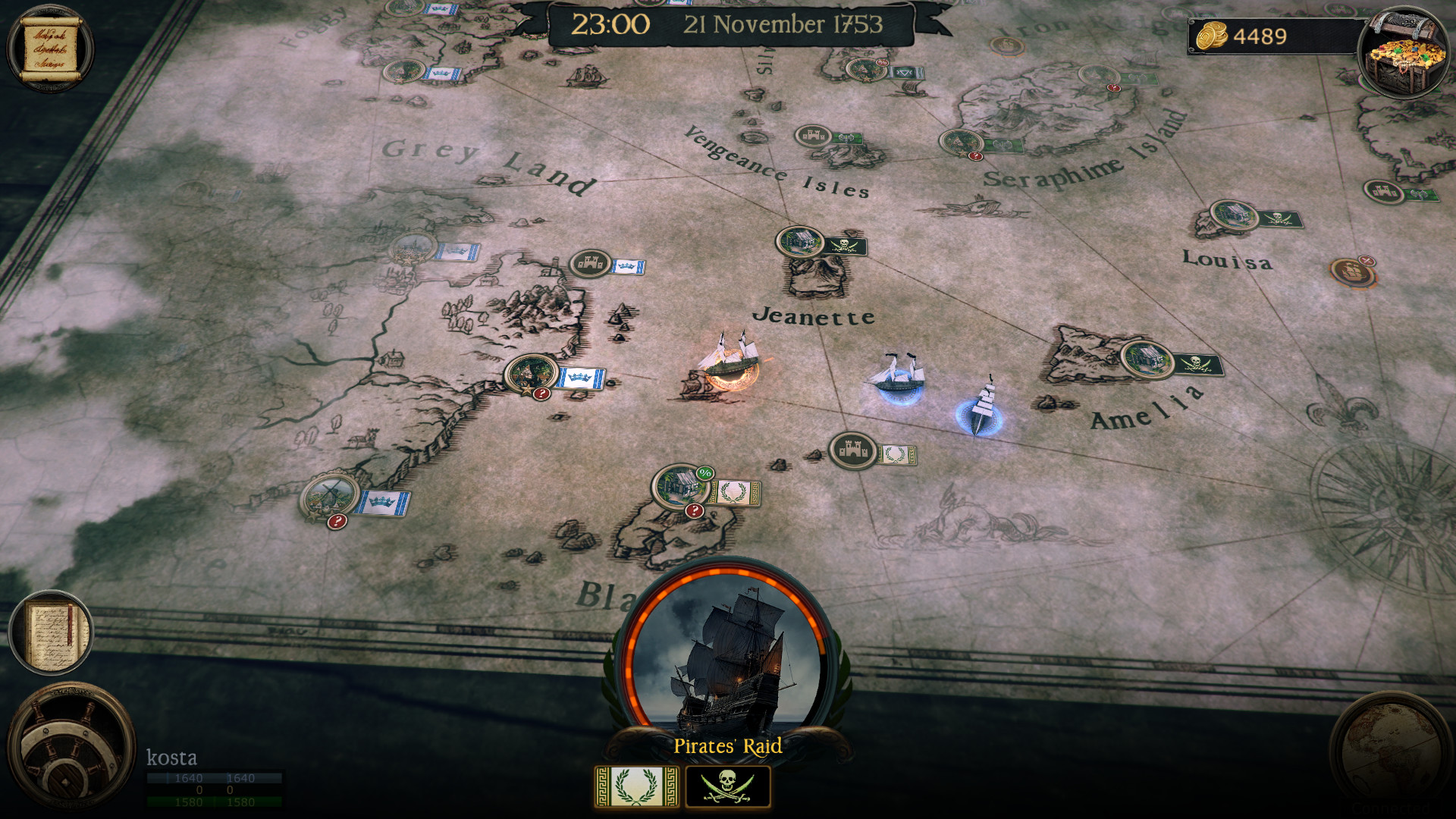
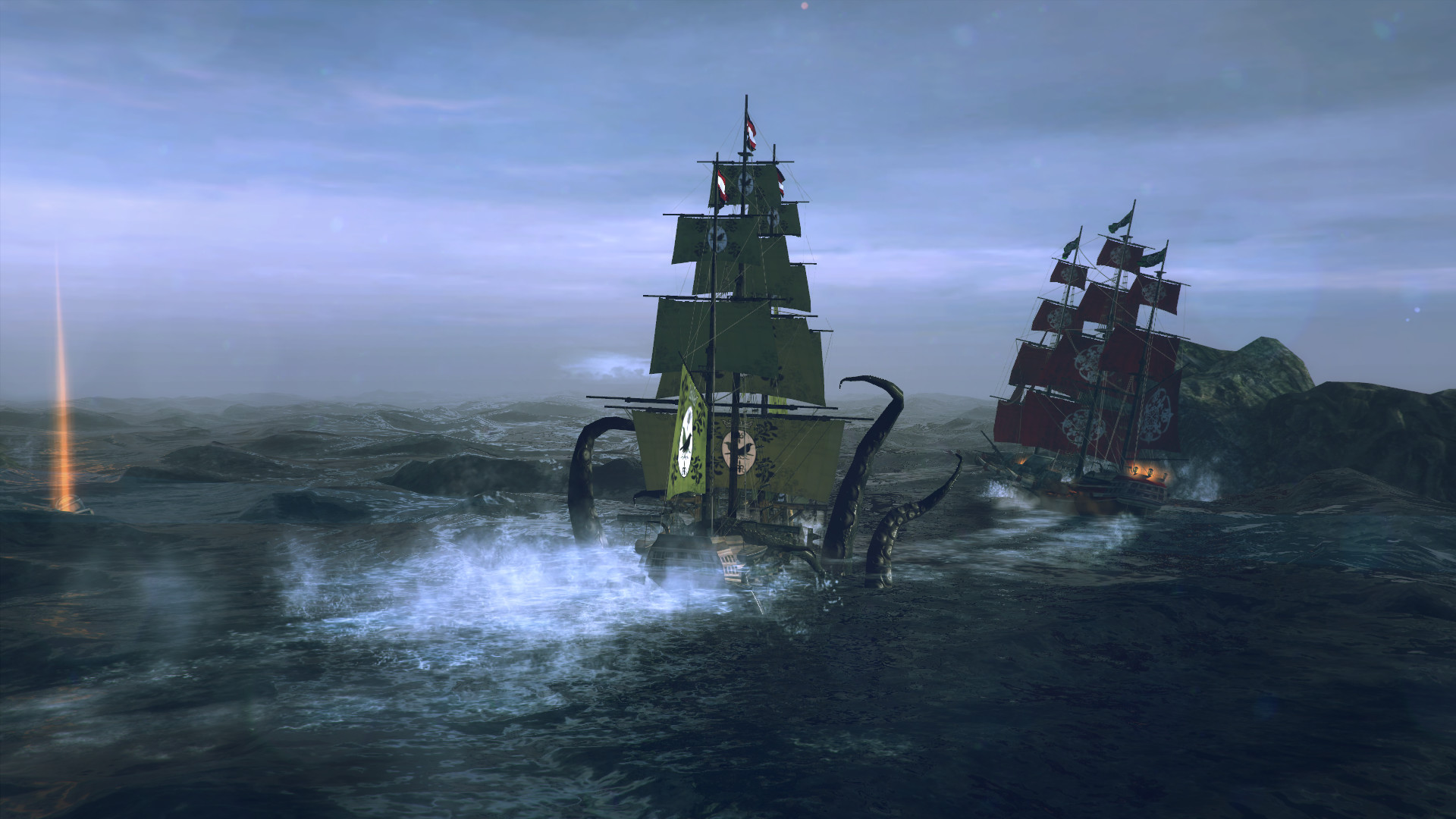





Published: Aug 25, 2016 10:47 am